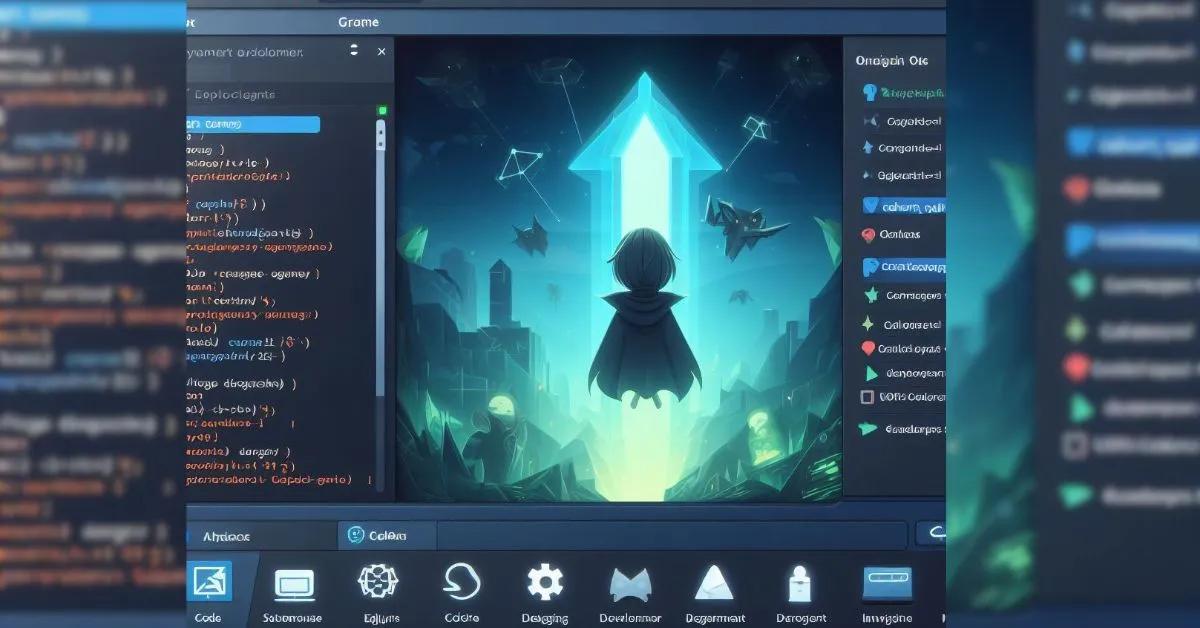- Unveiling the Canvas: The Art and Science of Game Programming
- Graphics and Animation: From Pixels to Play
- Crafting the Player Experience
- Audio Engineering in Games: The Soundtrack to Immersion
- The Heart of Innovation
- Multiplayer Magic: Networking in Game Programming
- Beyond Code: The Artistic Touch
- Conclusion
In the ever-evolving landscape of digital creation, game programming stands as a testament to the fusion of art and science, where lines of code give birth to immersive virtual worlds. “Pixels to Play” embarks on a journey that unravels the intricacies of game programming, exploring the foundational elements and the artistry behind crafting captivating gameplay experiences.
Unveiling the Canvas: The Art and Science of Game Programming
The Fundamentals of Game Programming
At the core of game development lies the mastery of programming languages. From C++ to Python, understanding these languages forms the bedrock for translating creative visions into executable code. Embracing variables, loops, and conditional statements lays the groundwork for intricate game logic and mechanics.
Graphics and Animation: From Pixels to Play
The magic begins as programmers transform static pixels into dynamic, visually stunning game environments. Graphics programming takes center stage, rendering landscapes, characters, and animations. Through the artful use of shaders and rendering techniques, game developers breathe life into every pixel, creating a visual feast for players.
Crafting the Player Experience
Game Physics: Creating Realism and Interaction
Game physics is the invisible force that grounds virtual worlds in reality. Whether simulating the movement of characters or the trajectory of projectiles, understanding physics is essential for crafting gameplay that feels immersive and believable. Collision detection, gravity, and momentum become the tools for creating dynamic and engaging player experiences.
Audio Engineering in Games: The Soundtrack to Immersion
Audio adds a layer of depth to the gaming experience. Game programmers collaborate with sound designers to integrate music and sound effects seamlessly. The strategic use of audio cues enhances gameplay, triggers emotional responses, and immerses players in the virtual realm.
The Heart of Innovation
AI and Game Programming: Breathing Life into Virtual Opponents
Artificial intelligence in games goes beyond scripted actions; it involves creating virtual opponents that exhibit intelligent behaviors. Game programmers design algorithms that allow NPCs to adapt to player actions, creating dynamic and challenging encounters. The result is an experience where every playthrough feels unique and responsive.
Multiplayer Magic: Networking in Game Programming
The rise of online gaming introduces the complexities of networking in game development. From latency considerations to synchronized game states, programmers navigate challenges to create seamless multiplayer experiences. Networking code becomes the invisible thread connecting players across the digital landscape.
Beyond Code: The Artistic Touch
Storytelling in Game Programming: Crafting Narratives That Resonate
In the realm of game programming, storytelling is a collaborative effort. Programmers work alongside writers and designers to weave narratives that resonate with players. Choices made in code impact the unfolding story, offering players a sense of agency and immersion in the game world.
Conclusion
“Pixels to Play” is more than a blog; it’s a celebration of the synergy between code and creativity in game programming. As we navigate the depths of algorithms and the heights of artistic expression, we uncover the art and science that transform pixels into interactive experiences. Whether you’re an aspiring game developer or a gaming enthusiast, join us on this odyssey through the world of game programming, where every line of code contributes to the magic that brings virtual worlds to life.



